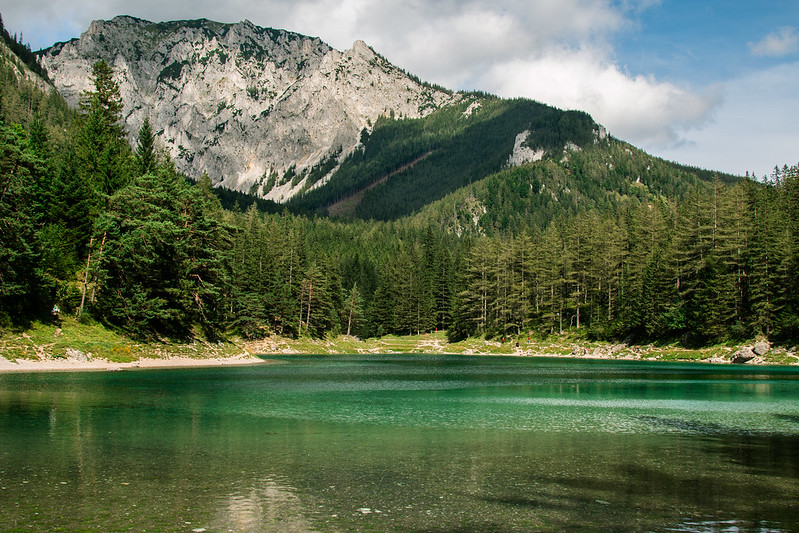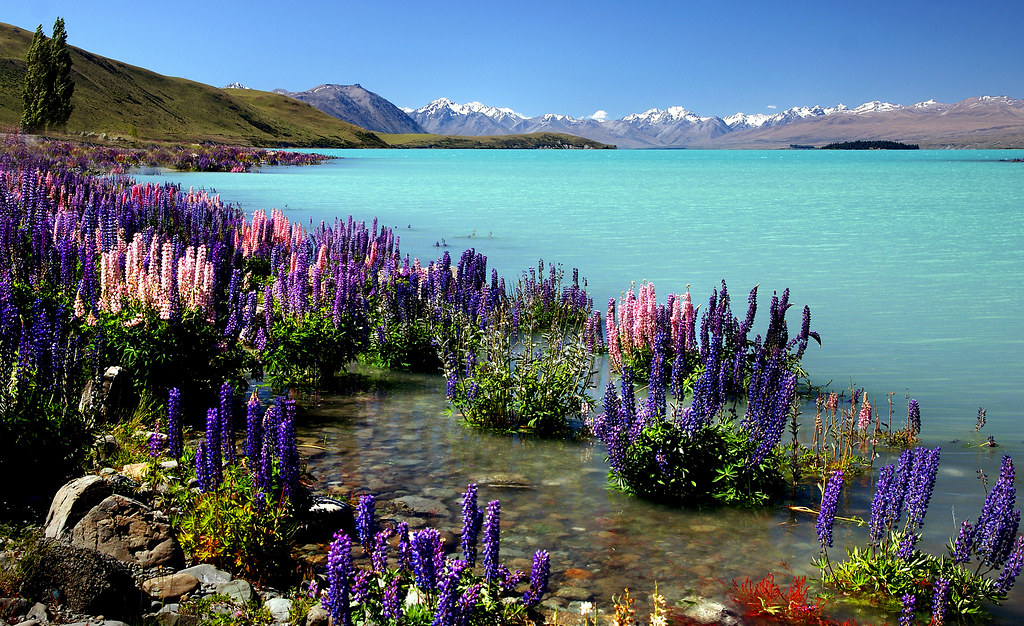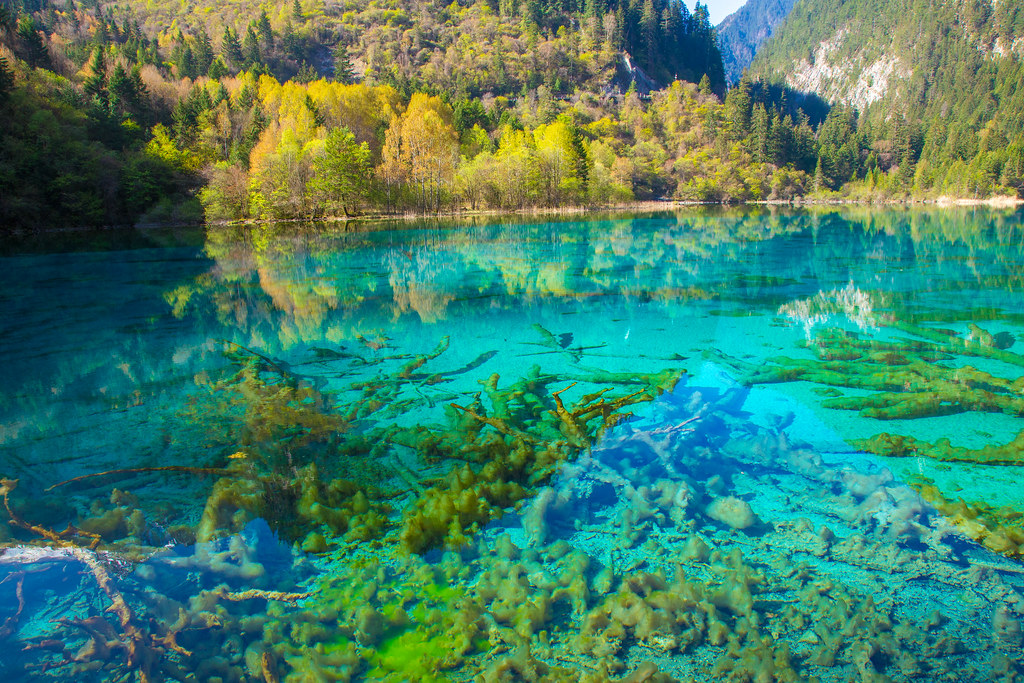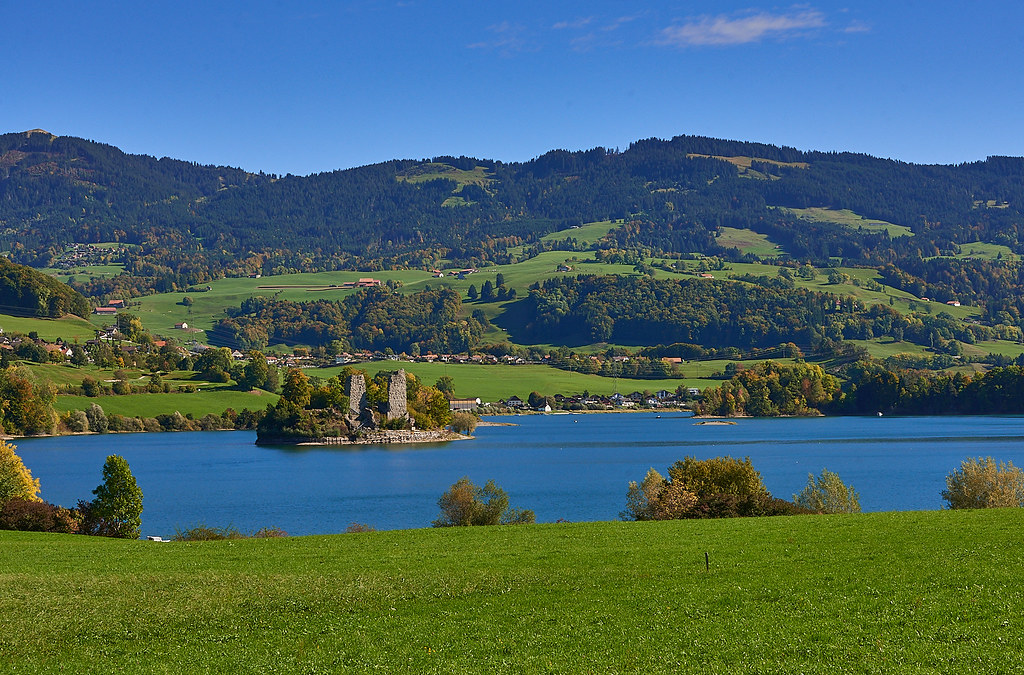What nature does is not always pleasing to man. And it is not just a matter of extemporaneous cataclysms, those that cause damage and victims due to the violence with which they lash out against everything on the earth’s surface; but also of natural phenomena considered not very functional to human activities and for this reason the subject of radical changes.
Interventions that sometimes distort the landscape and change the way a territory evolves or that, at other times, improve its peculiar characteristics and transform them into benefits that can be enjoyed by all.
This is the case of the Feher salt lake in Szeged, a natural phenomenon in southern Hungary, in full puzsta, a few kilometers from the border with Serbia and Romania, also known as the “white lake”.
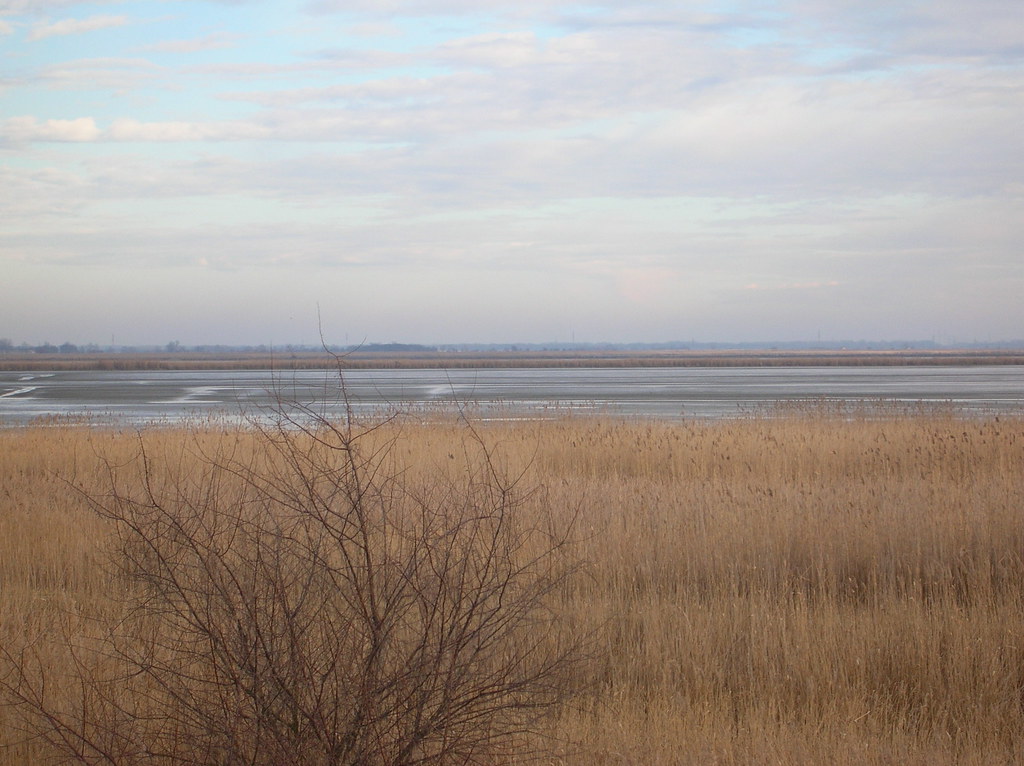
It was once the largest saline lake in the country: its waters whitened when the volume of calcareous salts increased due to particular weather-environmental combinations and a huge mass of carbonated mud accumulated on its very shallow seabed.
In the thirties of the last century, however, a complex reclamation operation of the place was started with the aim of creating a water basin in which to start the reproduction of some fish species: thus an articulated system of ponds was created communicating with each other, part of which was destined for the purpose for which they were born.
However, it was realized that by doing so, an ecosystem had been created which in a short time brought to their shores a very high quantity of avifaunal species, migratory birds of all kinds that had found the habitat in the former brackish waters of that body of water, best suited to live in peace and to reproduce.

Today, the Feher ponds have become one of the most famous and important wetlands in the whole of Hungary and have provided a much more significant tourist bustle than freshwater fish farming.
In fact, many birdwatchers consider it a sort of sanctuary to admire species of birds that are not visible elsewhere and meet on the shores of the “lake” to attend a spectacle that at least has no equal in Hungary.
The center of Szeged was then made more welcoming, in order to make the stay of the many onlookers as pleasant as possible. The common denominator has remained that of water: those who go to the city cannot avoid visiting its renowned spas.

As is well known, Hungary floats on a territory crossed by veins of thermal water which, properly channeled to the surface, give those who have the opportunity to take advantage of it extraordinary opportunities for well-being. And then there are the Szent Erzsébet thermal baths in Morahalom, a small town a stone’s throw from the capital, a modern synthesis between the needs of body care and the pleasure of having fun.
Szeged has always had to deal with water, for good and unfortunately for bad, as in 1879, when a flood of the Tisza swept away 95% of the houses. Today a lot has been invested in this sector, making it, like a bugbear that it was, the real driving force of the economy of those places.


